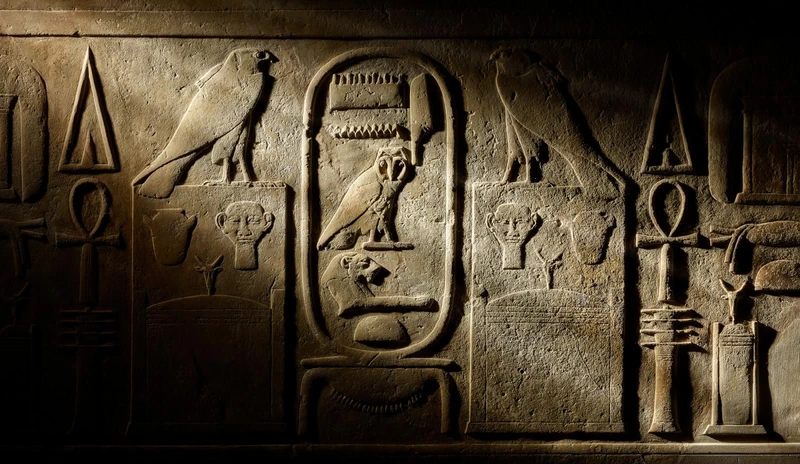Hieroglyphs: unlocking ancient Egypt
13 Oct 2022-19 Feb 2023


For centuries, life in ancient Egypt was a mystery.
We could only glimpse into this hidden world, until the discovery of the Rosetta Stone provided the key to decoding hieroglyphs, allowing us to read this ancient script. The breakthrough expanded our understanding of human history by some 3,000 years.
Marking 200 years since the decipherment of Egyptian hieroglyphs, this major exhibition takes you through the trials and hard work that preceded, and the revelations that followed, this ground-breaking moment.
Hieroglyphs were not just beautiful symbols, they represented a living, spoken language. From romantic poetry and international treaties, to shopping lists and tax returns, the hieroglyphic inscriptions and ancient handwriting in this exhibition reveal stories that are fantastically varied. As well as an unshakeable belief in the power of the pharaohs and the promise of the afterlife, ancient Egyptians enjoyed good food, writing letters and making jokes.
The show will chart the race to decipherment, from initial efforts by medieval Arab travellers and Renaissance scholars to more focussed progress by French scholar Jean-François Champollion (1790–1832) and England’s Thomas Young (1773–1829). The Rosetta Stone, discovered in 1799, with its decree written in hieroglyphs, demotic and the known language of ancient Greek, provided the key to decoding the ancient signs. The results of the 1822 breakthrough proved staggering.
Using inscriptions on the very objects that Champollion and other scholars studied, this immersive exhibition will help you to unlock one of the world’s oldest civilisations.